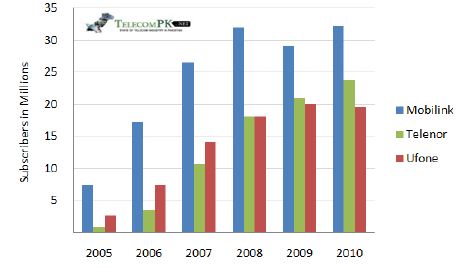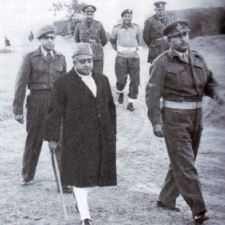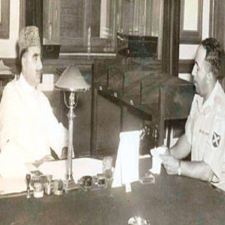It seems that kulfi carts are becoming the new Rickshaws. The subject of kitsch art and kitsch poetry. As a fan of both, I love these qulfi carts as much as I do rickshaws.
Pakistan has now has 100 million mobile phone subscribers.
In a period of a decade Pakistan has gone from a country with minimal telecom infrastructure to a success story when it comes to telecom deregulation, attraction of foreign investment, contribution to economy and growth in subscriber base.
Consumers enjoy far more choices than ever before to select their telecom provider at home, office or for mobile. Prices for domestic and international calls are at their lowest point and broadband Internet cost is approaching the affordable mark. A large number of value added services are available.
Telecom sector has also become one of the major industries in Pakistan, contributing to revenue and leading in foreign investment. Telecom brands have become part of the daily lives of Pakistanis. The sector has been responsible for USF and ICT R&D Fund. Telecom sector has shaped the way corporate social responsibility is perceived in Pakistan. It has also played a vital role when disaster has struck Pakistan.
The sector has been very competitive. The top 3 mobile network operators have 75% of the market: Mobilink, Telenor and Ufone. The chart below gives you a glimpse into the battle for winning over consumers over the last 5 years.
So now that we have reached a major milestone of 100 million subscribers, should we pat our back and go back to business as usual?
Megasthenes
(Editor’s Note: This was published in the Bangladesh newspaper The Daily Star on October 7, 2010. Even apart from the historical nuggets it contains, there is much in the narrative that all of us can learn from; and that we wish we had learnt from already, but have not.)
Lt. General Azam Khan was above all else a soldier, pure and simple. His only direct involvement or interaction with the people of Bangladesh was for a brief period, from April 1960 to May 1962, when he held the office of governor of the then province of East Pakistan.
(Azam Khan at Dacca Airport with Kiond and Queen of Thailand who were passing through Dacca; Governor General Khawaja Nazimuddin and Azam Khan; Sardar Abdul Rab Nishtar and Azam Khan).
Azam Khan had represented a martial law regime, far from home and to a people who were culturally and linguistically removed from his own. He was thus an improbable candidate to make an impression in the minds and hearts of the Bangladeshi people. And yet, many of those old enough to remember the early years of the decade of the 1960’s would agree that he was different.
There was more than one account as to the reasons for his appointment. The best-known version was that the then President Ayub Khan had wanted the most dynamic and effective person for the job, and Azam Khan had the well-deserved reputation of getting things done. Earlier as minister for refugees and rehabilitation, he had pushed through in six months the housing development of Korangi, to resettle thousands of refugees who were living in makeshift slum accommodations in Karachi.
Reportedly Ayub Khan had told Azam Khan that “if you don’t go to East Pakistan, I will have to go myself.” Another version was simpler; Ayub Khan wanted to put some distance between Azam Khan and the levers of power.




























































